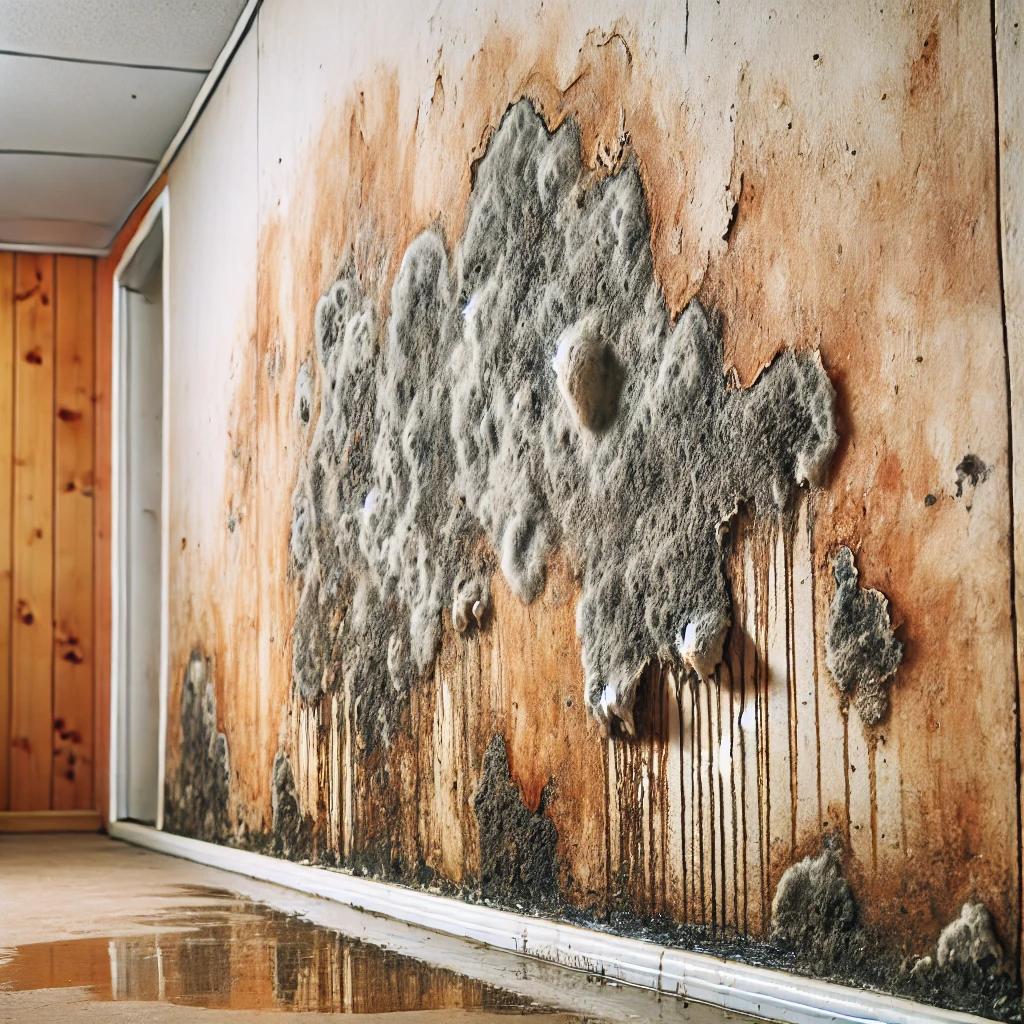Understanding Water Damage: Prevention and Restoration
Understanding water damage and what you should do is one of the most common and costly issues homeowners and businesses face. Whether caused by natural disasters, plumbing failures, or roof leaks, water intrusion can lead to severe structural damage and mold growth if not addressed promptly. Understanding the causes, prevention methods, and professional restoration process is crucial for minimizing damage and protecting your property.
Common Causes of Water Damage
Water damage can occur in many ways, including:
- Plumbing Failures: Burst pipes, leaking faucets, and faulty water heaters can release large amounts of water into a home.
- Weather-Related Issues: Heavy rain, storms, hurricanes, and flooding can seep into a property, causing damage to walls, flooring, and foundations.
- Roof Leaks: Missing or damaged shingles and clogged gutters can lead to roof leaks that allow water to enter a building.
- Appliance Malfunctions: Washing machines, dishwashers, and refrigerators with faulty hoses or connections can leak and cause significant water damage.
- Sewage Backups: Blocked or damaged sewer lines can cause wastewater to back up into a home, requiring immediate professional intervention.
Steps for Water Damage Prevention
While not all water damage can be prevented, taking proactive measures can significantly reduce the risk:
- Regular Maintenance: Inspect plumbing, appliances, and roofs for signs of wear and tear.
- Proper Drainage: Ensure gutters and downspouts direct water away from your home’s foundation.
- Install Water Detection Devices: These sensors can alert homeowners to leaks before they become major issues.
- Seal Windows and Doors: Prevent water intrusion by properly sealing openings around windows and doors.
- Keep Pipes Insulated: Protect pipes from freezing temperatures to prevent bursting.
Professional Water Damage Restoration Process
When water damage occurs, professional restoration teams follow a structured process to mitigate damage and restore affected areas efficiently.
1. Emergency Response and Inspection
- Quick action is critical to prevent mold growth and structural issues.
- Experts assess the extent of water intrusion and damage.
2. Water Extraction
- Industrial pumps and vacuums remove standing water to prevent further damage.
- Carpets, upholstery, and porous materials are inspected for salvageability.
3. Drying and Dehumidification
- High-powered air movers and dehumidifiers are used to dry affected areas.
- Moisture meters monitor the drying process to ensure complete removal of excess moisture.
4. Cleaning and Sanitization
- Contaminated surfaces, especially in cases of sewage backups or floodwater intrusion, are sanitized.
- Mold prevention treatments are applied to inhibit future growth.
5. Structural Repairs and Restoration
- Damaged drywall, flooring, and insulation are repaired or replaced.
- Final inspections ensure the property is fully restored and safe for occupancy.
The Importance of Immediate Action
Water damage can escalate quickly if not addressed immediately. Within hours, wood swells, carpets become unsalvageable, and mold begins to develop. The longer water sits, the greater the risk of permanent structural damage and health hazards.
Professional water damage restoration services not only remove water but also address underlying causes to prevent future problems. If you experience water damage, acting quickly and contacting a restoration specialist is the best course of action. Contact us to learn more!

